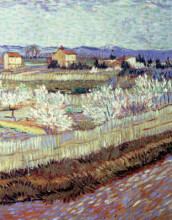Groundwater - Layers and soil properties
9 important questions on Groundwater - Layers and soil properties
What are the hydrogeologic layer types?
-confined aquifer: always completely saturated
-semi-confined aquifer: the aquitard on top does not completely cover the aquifer
-aquitard/confining uit/poorly permeable layer
-aquiclude: resistance is so high that no water flows through it
-hydrological base: In NL: impermeable geological deposition, about 300m below soil surface. Deeper waters can be both saline and warm (possibly above 100 degrees C)
What are the 2 distinctions made in sediment?
-unconsolidated sediment: sand, clay and gravel
What is effective conductivity?
Effective conductivity of layer 1,2,3 is
(k1xD1+k2xD2+k3xD3)/(D1+D2+D3)
- Higher grades + faster learning
- Never study anything twice
- 100% sure, 100% understanding
Why does organic soil have a low conductivity?
What determines the saturated conductivity in peat soils?
How is the conductivity of flow of certain directions described?
-isotropic: conductivity is the same in all directions
What is the saturated hydraulic conductivity?
What is the difference between phreatic aquifers and confined aquifers?
What is the hydrological base?
The question on the page originate from the summary of the following study material:
- A unique study and practice tool
- Never study anything twice again
- Get the grades you hope for
- 100% sure, 100% understanding





























